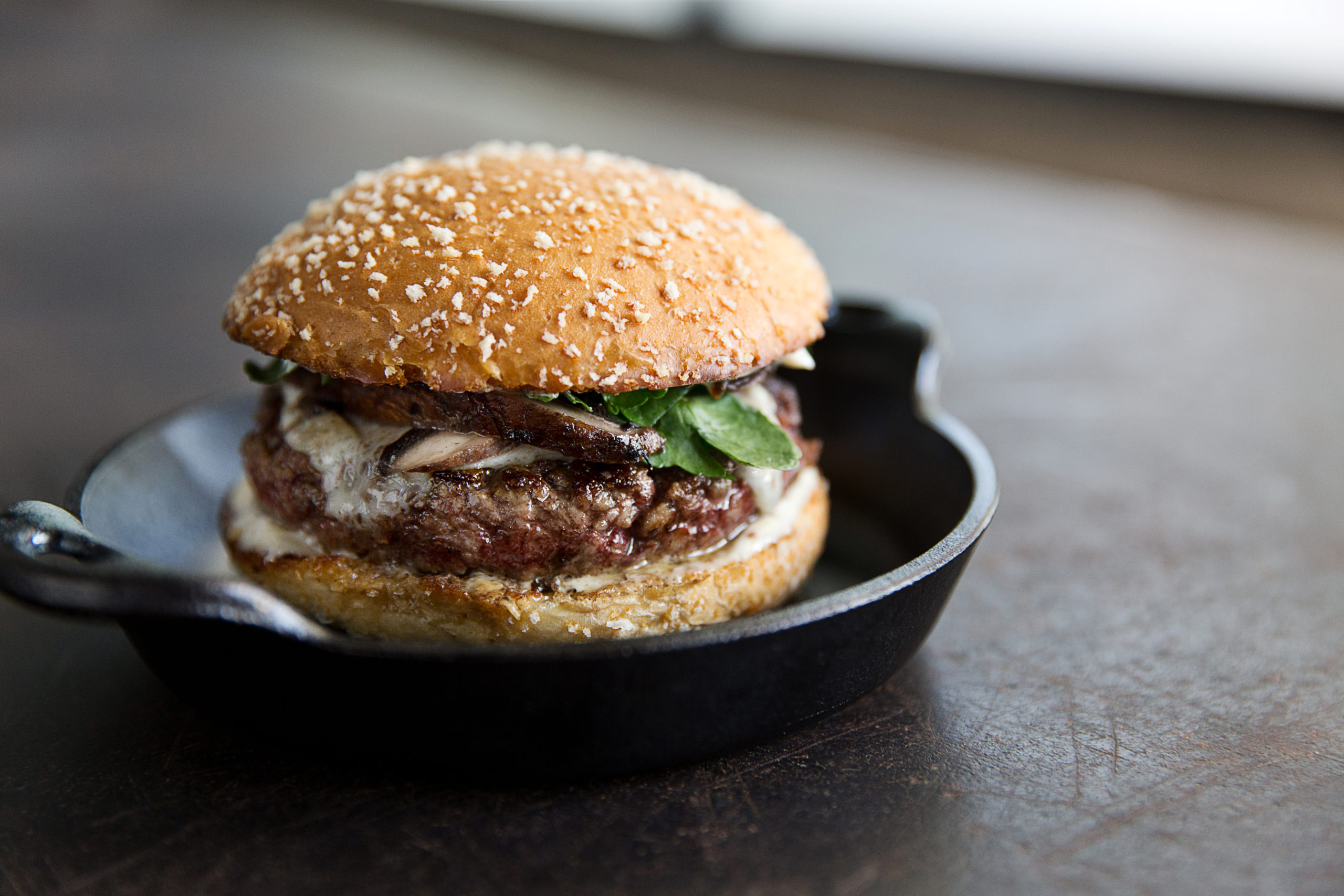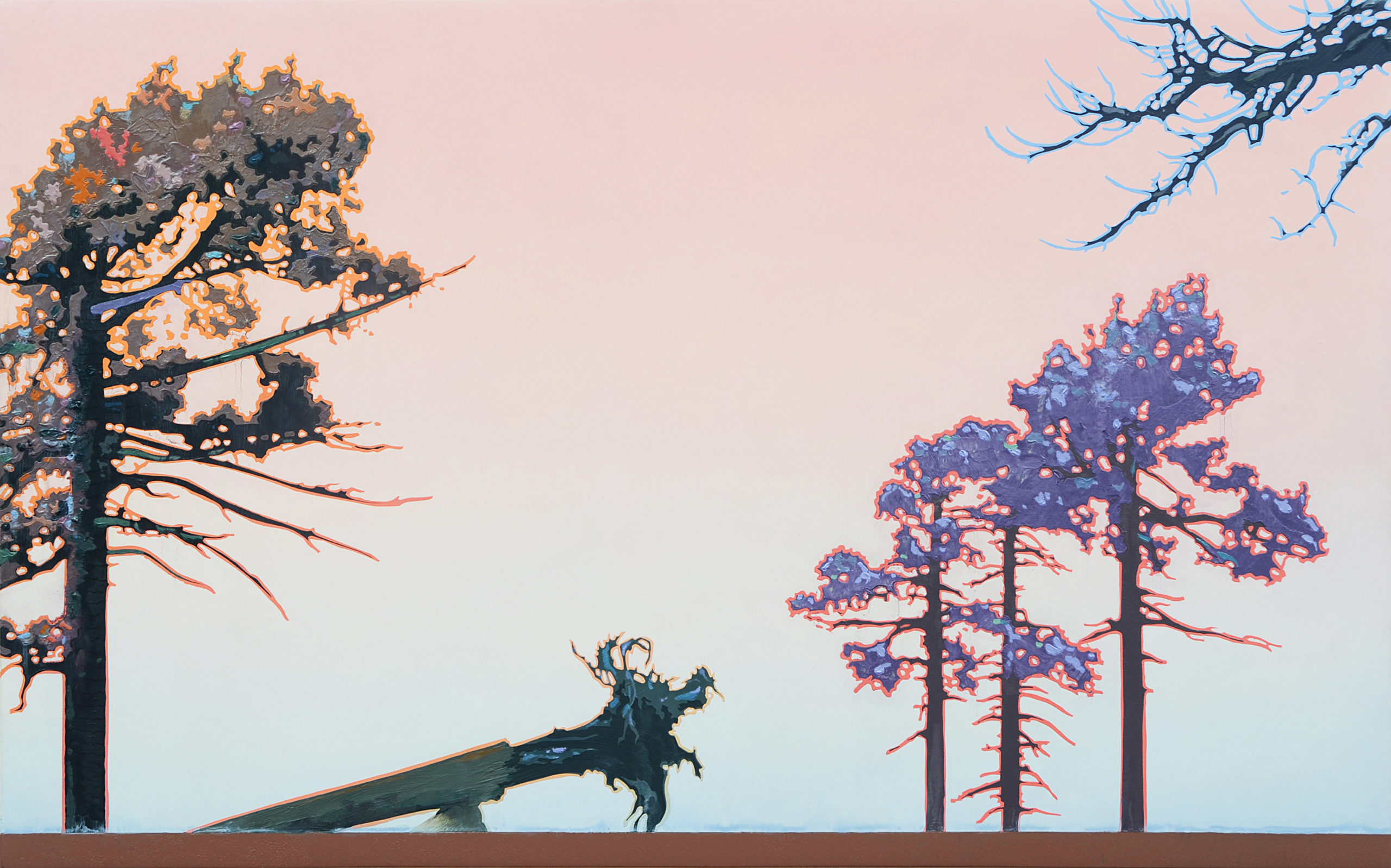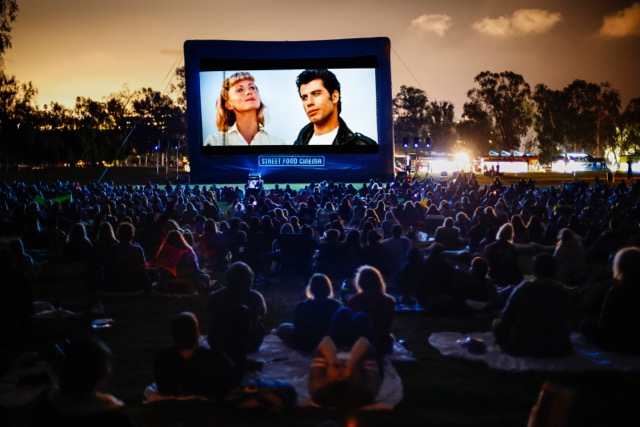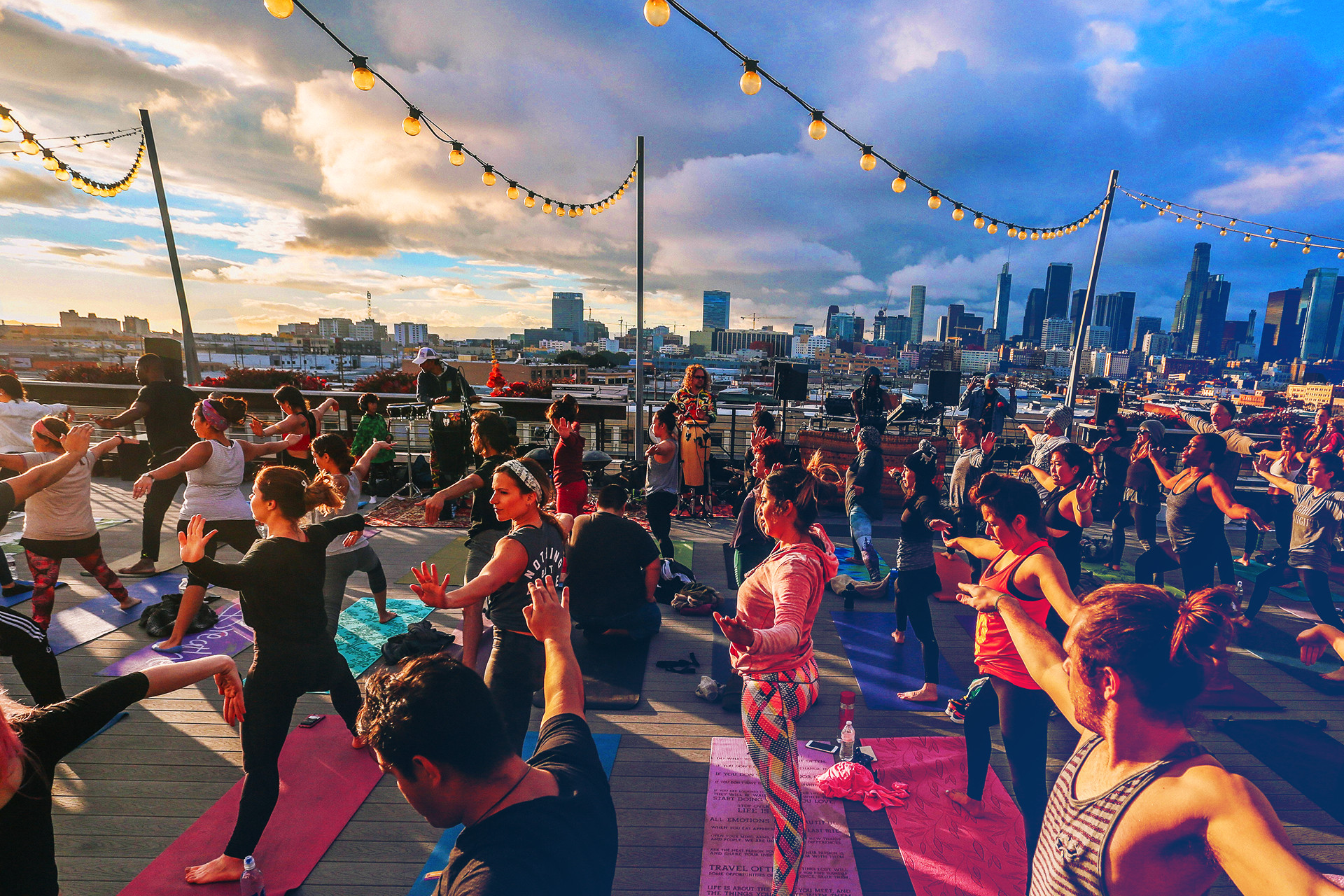Posting pictures of food is synonymous with the foodie culture as people’s tastes are starting to expand and phones become our dining companions
By Christina Ying
We have a visceral relationship with food and social media is our dope dealer.
“When a friend reposts a picture of some irresistible fried chicken sandwich, my first thought is: Well, I know what I’m doing this weekend,” says Chad Eschman, a writer and cocktail enthusiast in Los Angeles. Eschman is not alone, having a constant influx of succulent and delectable images of food is a fail proof way to engage people’s interest into your life. The perfect photo of a fatty or sugary dish, that’s meticulously arranged, with the glow of the perfect sunset triggers a sensory overload we cannot bear.
Posting pictures of food is synonymous with the foodie culture as people’s tastes are starting to expand. If you’ve tried a new dish or restaurant in the past five years, you either made the discovery through your personal network or you found it through a social media influencer.
“Influencers like us play a large role in the community,” says Kristopher Lam of Irregularlens (10.4K followers). “It has opened up doors to how people are influenced while also relaying their experience of where they last ate.”
You can’t entice people without excellent food photography. A patron using his expensive digital SLR camera to take a picture of his tacos is not an uncommon site at many LA hotspots. In addition, there are countless online articles teaching people how to take pictures of food. The effort usually pays off as not all food photos are created equal.
With the launch of Instagram in 2010, everyone became a professional photographer. Its sleek filters and sharing capacity made the app an instant hit and a crucial tool for everyone’s life. Some food bloggers take at least a hundred photos before finding one that is “Instagrammable.” It’s crucial that your food looks like art because with the wrong angle and lighting, your heavenly plate of truffle pasta can resemble a plate of vomit.
For many food photographers, the creative aspect is what drives them to share their work.
“I think food is beautiful to look at,” says blogger Christine Khan. “I don’t think it’s any different than sharing a portrait of a person or even scenery.” Khan’s Instagram account, imhungry (106k followers), delivers exactly what we love about food porn, with posts that capture the variant and vibrant reds of a strawberry shortcake, the perfectly melted cheese of the right slice of pizza, and the snow like texture of powder sugar dusted on beignets.
Khan is surprised at the interest that people have in her food choices. “I used to just share these photos so my family and friends could see what I eat. Apparently, there are a lot of other people who appreciate my content too so that really keeps me going and motivates me to share what I love.”
Social media influencers have a huge role in how products are marketed. If you follow a fashionable woman who has a huge social media following, it’s likely that she’s also being sponsored by several brands who pay her to wear their clothes. The same goes for food. In addition to being able to eat at the top restaurants for free, your influence can lead to larger entertainment deals such as publishing a book or hosting your own show.
Before hosting her own show on the Food Network, Ree Drummond (a.k.a. the Pioneer Woman) started as a blogger. Although her success preceded the Instagram era, her crisp and colorful photos played a huge role in painting a narrative about her life that ultimately became a successful brand.
People have since adapted, and with every great photo you see on Instagram, there’s a potential for financial growth. By adding a recipe that’s attached to certain food brands, or gaining sponsorships based on your number of followers, a food influencer could easily replicate Drummond’s success. You just have to expand the possibilities of what one photo could bring.
Prestigious food publications such as Saveur have taken notice of the impact of social media on the food and drink world, exposing its cultured readership to 20 Instagram accounts that meet their gourmet standards. It’s indicative of the changing times, as consumers now look to social media to find new food recommendations and food experts.
When it comes to food, people are willing to share as much information about it as possible. If you like the photo of what your friend ate the other night, you can easily eat the same exact thing as he probably tagged the location on his photo. Patrick Bunshe of the Instagram account hackwashere can attest to its impact.
“Currently I have around 40,000 followers on my food account,” he says. “Prior to social media restaurant discovery and marketing relied heavily on directory and rating sites like yelp. Social media has given unprecedented access to new trends, new restaurants, and new recipes that otherwise would go undiscovered without the presence of networks like Instagram and twitter. Restaurants have told me hundreds of people have come in asking for the particular meal that I’ve showcased in past posts.”
In addition to its marketing capability, food photos on social media have completely changed how we eat out. With smartphones becoming more sophisticated, the phone is now the dining companion. Dinner conversation has been replaced with photo comments and likes. There’s no longer a need to share this experience with just one person because there’s a bigger thrill in sharing it with hundreds. Some restaurants claim that they are losing business because people use their phones too much while dining.
According to Bookatable, the problem is that the need to share pictures of food means people take too much time to dine. A meal that should only take an hour now takes about two. Not only does this limit the number of patrons that restaurant can seat, but it’s diminished the ambiance of the restaurant as you’re surrounded by bright screens in a dimly lit room. The role of phones has changed for the patron as well, it’s become proper etiquette in a group dinner to wait for a dish to be posed then photographed or snapped before anyone can eat. Even though you’re starving, you inherently know the value of a food photo so you’ll put up with it.
The truth is everyone, no matter how many followers, is a social influencer. Even if you only have a few hundred followers, with the right hashtag you can expose your meal to thousands. And there you have it, you’ve shared your delicious discovery for the world to enjoy. You’ve given everyone a literal perspective of “your taste.” The latest food fads will always go viral, so following food photos give us a chance to assess an adventure before we take it. There are so many talented food artists and great places to eat and drink, we can’t ignore that people love to document these experiences simply because food is meant to be shared.
On his Instagram account chadeschman, Eschman shares his thrills in discovering new cuisines and craft cocktails.
“Today I was flipping through blog posts and I found out about a place that makes nachos out of Armenian dumplings,” says Eschman. “I consider this a small but mighty miracle.”






